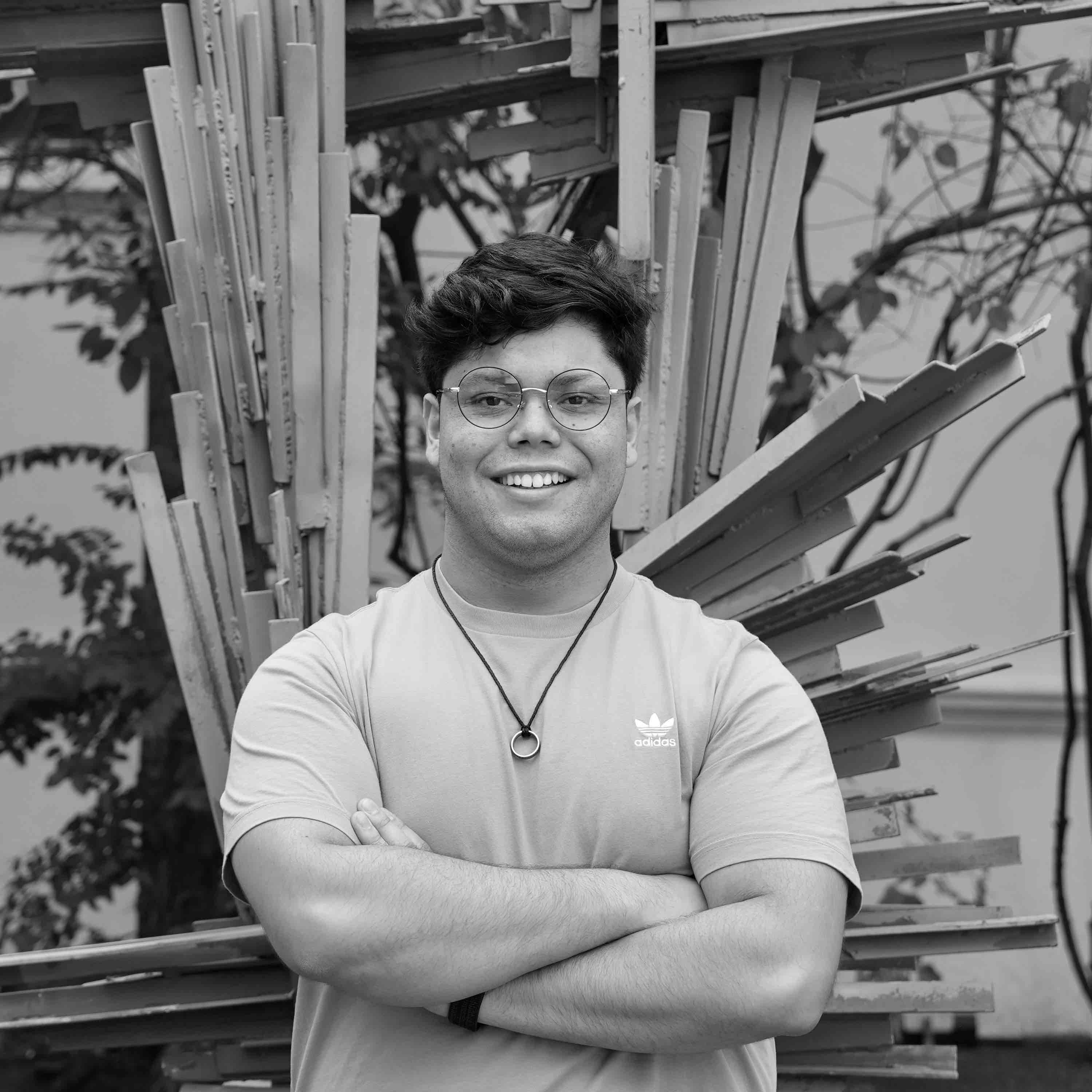Team members
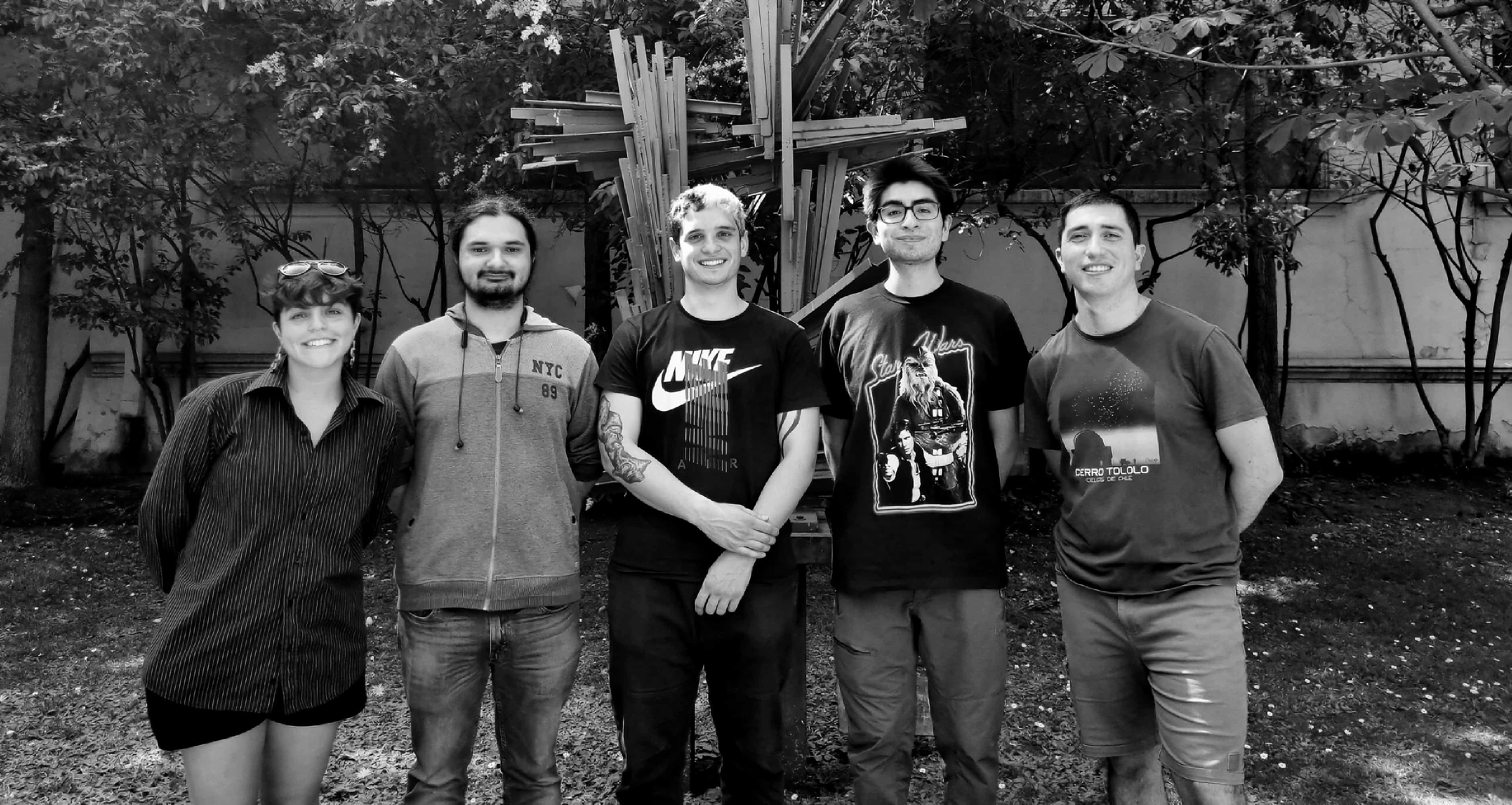
 Hello we are AstroLab! We're a team composed of astronomers, physicists, and electric engineers working side-by-side to undersand astronomical events from the long-wavelength radio regime to optical wavelengths. Our scientific interests are pulsars/millisecond pulsars, and fast transients, including fast radio bursts (FRBs). We are particularly interested in designing and building dedicated instruments to observe the high-cadence transient regime. Our expertise ranges from radio instrumentation (bulding analog and digital components), data analysis (including big data), and scientific analyses from what we observe. Our team works directly with data/instrument from telescopes such as the Atacamam Pathfinder Experiment (APEX), Atacama Large Millimeter/sub-millimeter Array (ALMA), 100-m Effelsberg, Candian Hydrogen Intensity Mapping Experiment (CHIME), and fast photon counters such as the Italian quantum eye (IQUEYE). AstroLab collaborates directly with the Millimeter Wave Laboratory (MWL) based at the astronomy department, Universidad de Chile.
Hello we are AstroLab! We're a team composed of astronomers, physicists, and electric engineers working side-by-side to undersand astronomical events from the long-wavelength radio regime to optical wavelengths. Our scientific interests are pulsars/millisecond pulsars, and fast transients, including fast radio bursts (FRBs). We are particularly interested in designing and building dedicated instruments to observe the high-cadence transient regime. Our expertise ranges from radio instrumentation (bulding analog and digital components), data analysis (including big data), and scientific analyses from what we observe. Our team works directly with data/instrument from telescopes such as the Atacamam Pathfinder Experiment (APEX), Atacama Large Millimeter/sub-millimeter Array (ALMA), 100-m Effelsberg, Candian Hydrogen Intensity Mapping Experiment (CHIME), and fast photon counters such as the Italian quantum eye (IQUEYE). AstroLab collaborates directly with the Millimeter Wave Laboratory (MWL) based at the astronomy department, Universidad de Chile.
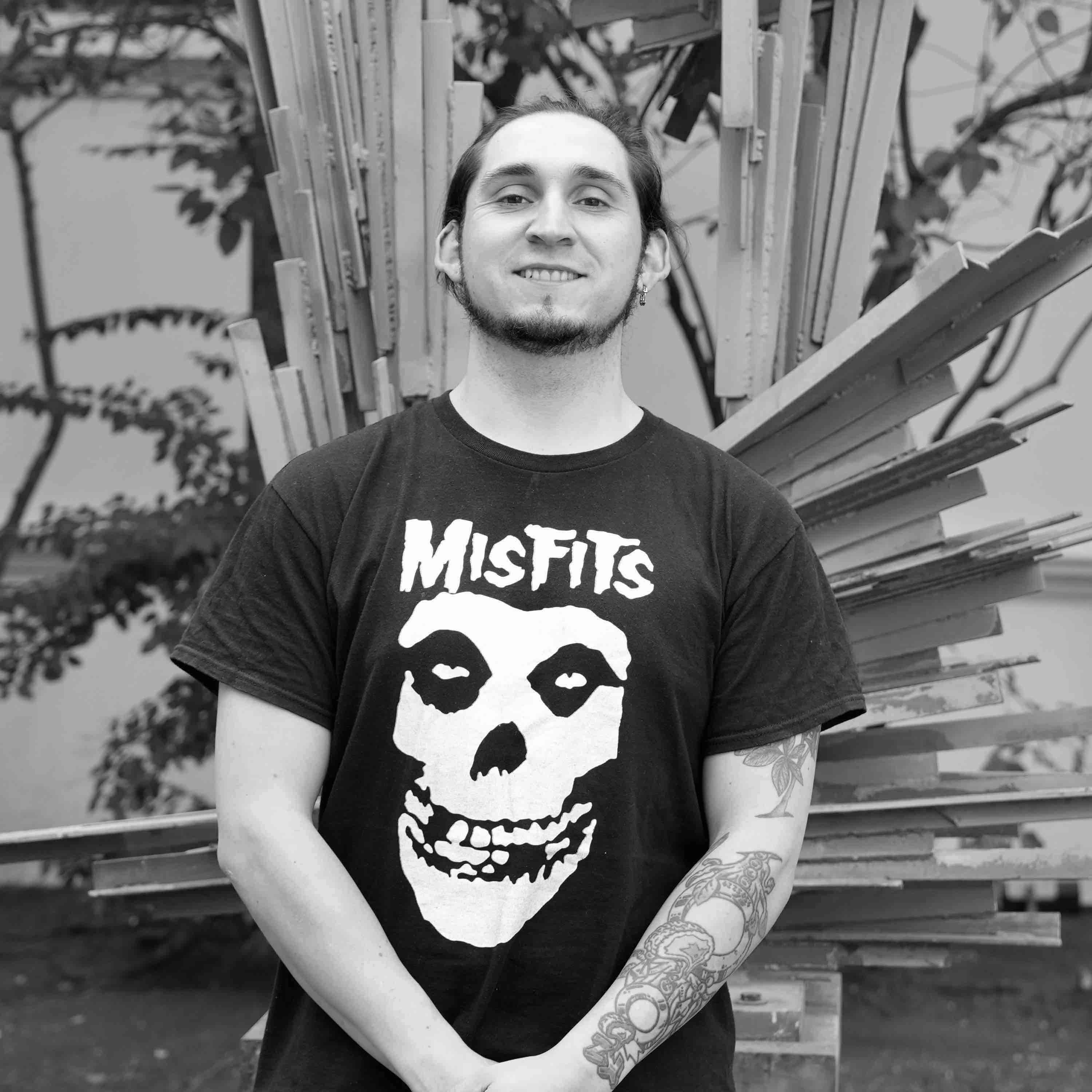 MSc. Gonzalo Burgos. MSc in engineering physics (Universidad de Concepción; UdeC). Gonzalo is an expert in long wavelength instrumentation, radio antennas, and hands-on assembly of interferometers. Gonzalo is the project engineer (logistics, assembly, and student support) for the Canadian-Chilean array for radio transient studies (CHARTS) project. Gonzalo is actively working alongside students and staff members leading the assembly of the CHARTS 256-elements and its FX-correlator. Gonzalo's main interests are the design and architecture of the X-engine and realtime search pipeline for transient events.
MSc. Gonzalo Burgos. MSc in engineering physics (Universidad de Concepción; UdeC). Gonzalo is an expert in long wavelength instrumentation, radio antennas, and hands-on assembly of interferometers. Gonzalo is the project engineer (logistics, assembly, and student support) for the Canadian-Chilean array for radio transient studies (CHARTS) project. Gonzalo is actively working alongside students and staff members leading the assembly of the CHARTS 256-elements and its FX-correlator. Gonzalo's main interests are the design and architecture of the X-engine and realtime search pipeline for transient events.
 Prof. Tomás Cassanelli. Astronomer and tenure-track faculty at the Electrical Engineering Department, Universidad de Chile. Tomás completed his engineering degree at Universidad de La Frontera, MSc degree at the Universität Bonn, and PhD at University of Toronto.
His interests are radio and optical transients such as: FRB repeaters and one-offs, and pulsar-like signals; long wavelength radio instrumentation (including local interferometers and very long baseline interferometry; VLBI) to observe and localize transients and fast photon counters (capable of detecting transient-like signals!) for medium to large apertures.
Prof. Tomás Cassanelli. Astronomer and tenure-track faculty at the Electrical Engineering Department, Universidad de Chile. Tomás completed his engineering degree at Universidad de La Frontera, MSc degree at the Universität Bonn, and PhD at University of Toronto.
His interests are radio and optical transients such as: FRB repeaters and one-offs, and pulsar-like signals; long wavelength radio instrumentation (including local interferometers and very long baseline interferometry; VLBI) to observe and localize transients and fast photon counters (capable of detecting transient-like signals!) for medium to large apertures.
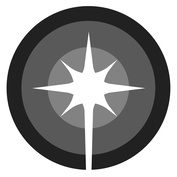 Juan Pablo Contreras. Electrical engineering student at Universidad de Chile. Juan Pablo's research project focuses on developing techniques to identify microstructures in pulses of repetitive Fast Radio Bursts (FRBs) within high-resolution datasets from the CHIME radio telescope. To address the large volume and complexity of these data, he utilizes Niagara, a supercomputer operated by SciNet at the University of Toronto. This work involves implementing parallel processing techniques (multiprocessing) in Slurm, which are essential for efficiently managing the data and optimizing the analysis algorithms. The project includes designing pipelines for the massive analysis of files and, in the future, collaborations with customized simulations to validate the developed methods.
Juan Pablo Contreras. Electrical engineering student at Universidad de Chile. Juan Pablo's research project focuses on developing techniques to identify microstructures in pulses of repetitive Fast Radio Bursts (FRBs) within high-resolution datasets from the CHIME radio telescope. To address the large volume and complexity of these data, he utilizes Niagara, a supercomputer operated by SciNet at the University of Toronto. This work involves implementing parallel processing techniques (multiprocessing) in Slurm, which are essential for efficiently managing the data and optimizing the analysis algorithms. The project includes designing pipelines for the massive analysis of files and, in the future, collaborations with customized simulations to validate the developed methods.
 Joaquín Díaz. Electrical engineering student at Universidad de Chile. Joaquín has worked in the mechanical drive for the 3-m CPT dish, but now has transitioned to higher frequencies. Currently, he is developing a theoretical model for the detection of optical radiation on extremely short time scales (less than nanoseconds), based on first principles (matter and its interaction with light). His work aims to generate theoretical and practical concepts for an improved characterization of instrumentation, as well as to evaluate its applicability and the physical observables of the system in astronomical observations.
Joaquín Díaz. Electrical engineering student at Universidad de Chile. Joaquín has worked in the mechanical drive for the 3-m CPT dish, but now has transitioned to higher frequencies. Currently, he is developing a theoretical model for the detection of optical radiation on extremely short time scales (less than nanoseconds), based on first principles (matter and its interaction with light). His work aims to generate theoretical and practical concepts for an improved characterization of instrumentation, as well as to evaluate its applicability and the physical observables of the system in astronomical observations.
 Dr. Julián Faúndez. Visiting postdoctoral researcher at Astrolab, Department of Electrical Engineering, Universidad de Chile. Julián earned his engineering degree at Universidad de La Frontera (UFRO) and his PhD at Universidade Federal do Rio Grande do Sul (UFRGS), followed by postdoctoral fellowships at Temple University (TU) and Universidade Federal do Rio de Janeiro (UFRJ). His work focuses on strongly correlated electron systems (Kondo effect, magnetism, superconductivity) using mean-field (MF), dynamical mean-field theory (DMFT), and quantum Monte Carlo (QMC); light-matter coupling and topological phenomena in optical cavities via exact diagonalization (ED); and quantum heterostructures to explore emergent quantum phases.
Dr. Julián Faúndez. Visiting postdoctoral researcher at Astrolab, Department of Electrical Engineering, Universidad de Chile. Julián earned his engineering degree at Universidad de La Frontera (UFRO) and his PhD at Universidade Federal do Rio Grande do Sul (UFRGS), followed by postdoctoral fellowships at Temple University (TU) and Universidade Federal do Rio de Janeiro (UFRJ). His work focuses on strongly correlated electron systems (Kondo effect, magnetism, superconductivity) using mean-field (MF), dynamical mean-field theory (DMFT), and quantum Monte Carlo (QMC); light-matter coupling and topological phenomena in optical cavities via exact diagonalization (ED); and quantum heterostructures to explore emergent quantum phases.
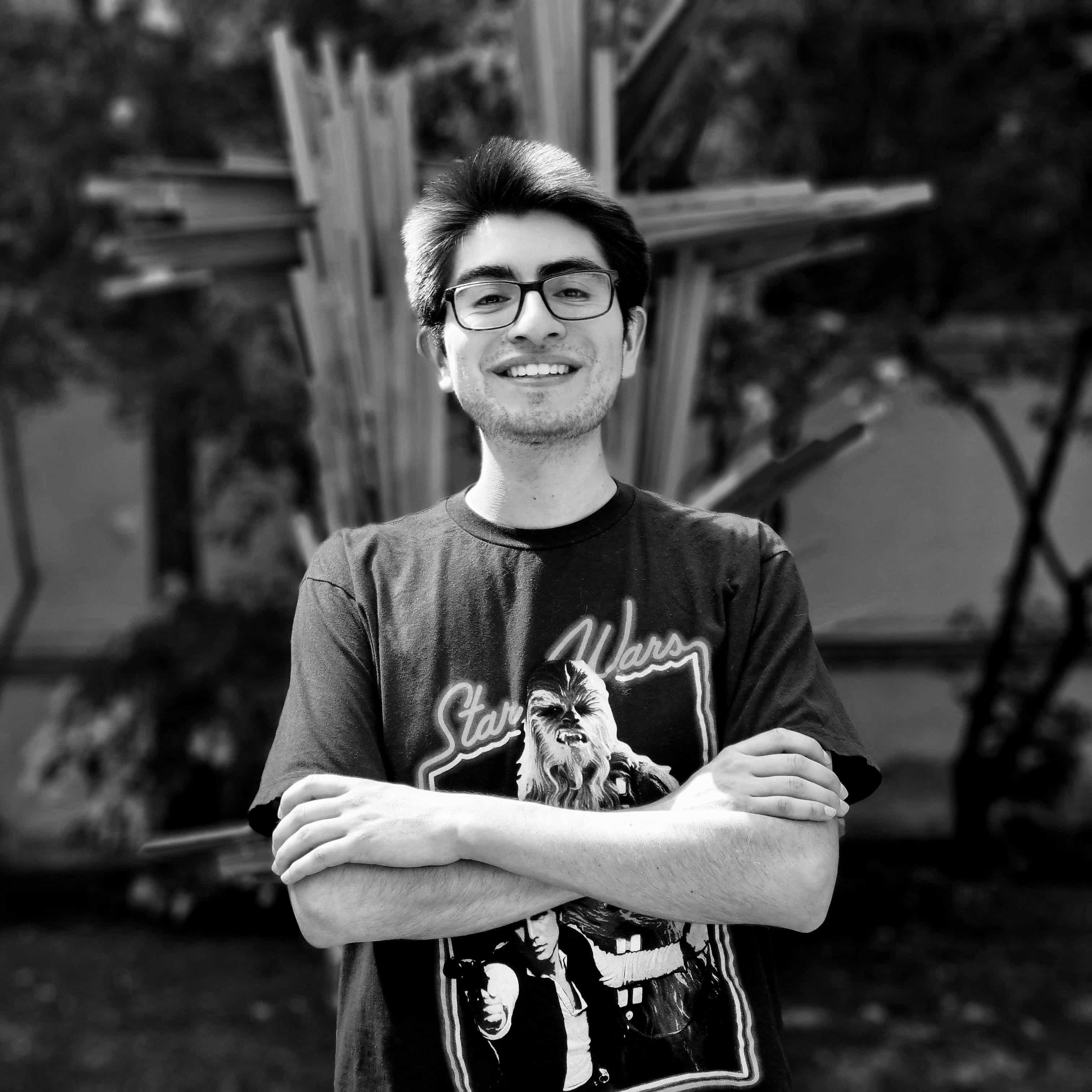 Sebastián Manosalva. Recently graduated from the electrical engineering master degree at Universidad de Chile and now a full time engineer for the CHARTS project. Sebastián's primary interest lies in radio astronomy instrumentation, particularly in its application for FRB detection. Sebastián thesis focued on a complex radio frequency multiplexing system as part of the radio frequency chain for CHARTS. This multiplexer method radically reduces the number of required digitizer for the radio array and the overall cost. In addition Sebastián was awarded with the MITACS researchlink award, a fully funded 3-month internship at University of Toronto.
Sebastián Manosalva. Recently graduated from the electrical engineering master degree at Universidad de Chile and now a full time engineer for the CHARTS project. Sebastián's primary interest lies in radio astronomy instrumentation, particularly in its application for FRB detection. Sebastián thesis focued on a complex radio frequency multiplexing system as part of the radio frequency chain for CHARTS. This multiplexer method radically reduces the number of required digitizer for the radio array and the overall cost. In addition Sebastián was awarded with the MITACS researchlink award, a fully funded 3-month internship at University of Toronto.
 Pascual Marcone. Electrical engineering undergraduate student at Universidad de Chile. Although he is just recently learning the depths of astronomy, he is actively interested in many branches of electrical engineering and astronomy. As for now, he gravitates towards the world of astronomical instruments, focusing on their technical characteristics, both in software and hardware domains. Currently, Pascual is working in preliminary stages towards exploring counterparts for transient events (FRBs and Pulsars), mainly on optical bands with focus on detecting these with fast photon counters (IQUEYE instrument).
Pascual Marcone. Electrical engineering undergraduate student at Universidad de Chile. Although he is just recently learning the depths of astronomy, he is actively interested in many branches of electrical engineering and astronomy. As for now, he gravitates towards the world of astronomical instruments, focusing on their technical characteristics, both in software and hardware domains. Currently, Pascual is working in preliminary stages towards exploring counterparts for transient events (FRBs and Pulsars), mainly on optical bands with focus on detecting these with fast photon counters (IQUEYE instrument).
 Bruno Pollarolo. Electrical engineering and astronomy student at Universidad de Chile. Bruno is working towards a full spectrometer system for the CHARTS project. Here he is developing code for the new digitizers radio frequency system-on-chip (RFSoC) 4x2 Xilinx AMD boards. Bruno's works centers in developing a custom code to process as many antennas as possible in a single digitizer, a process called de-multiplexing (demodulate several antennas from a single analog-to-digital converter; ADC), to digitize in a wide-bandwidth several antennas of a modest 200 MHz bandwidth. Bruno's project is at the core of CHARTS' digitization. A single digitizer will be capable of converting a totla of 32 antenna analog signals (of the CHARTS 256 elements).
Bruno Pollarolo. Electrical engineering and astronomy student at Universidad de Chile. Bruno is working towards a full spectrometer system for the CHARTS project. Here he is developing code for the new digitizers radio frequency system-on-chip (RFSoC) 4x2 Xilinx AMD boards. Bruno's works centers in developing a custom code to process as many antennas as possible in a single digitizer, a process called de-multiplexing (demodulate several antennas from a single analog-to-digital converter; ADC), to digitize in a wide-bandwidth several antennas of a modest 200 MHz bandwidth. Bruno's project is at the core of CHARTS' digitization. A single digitizer will be capable of converting a totla of 32 antenna analog signals (of the CHARTS 256 elements).

